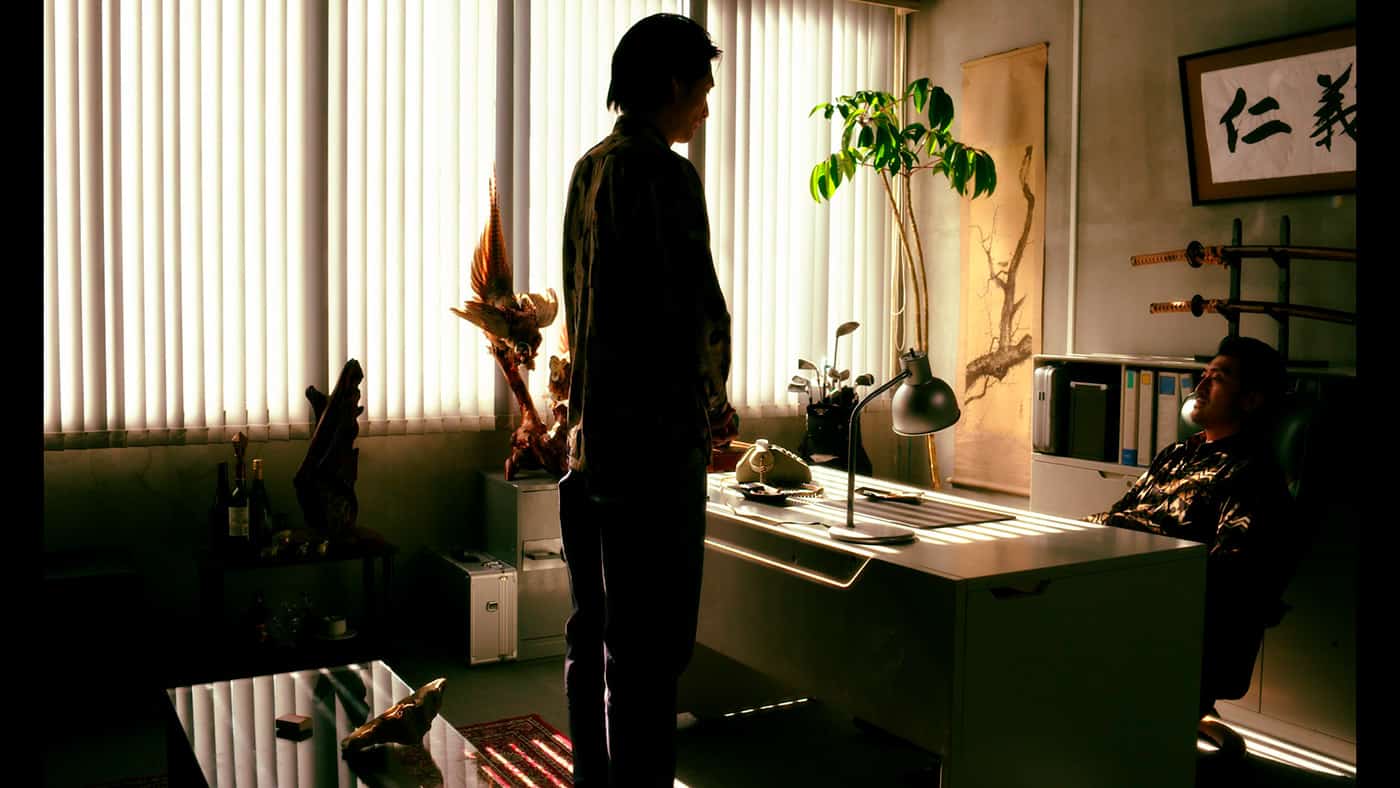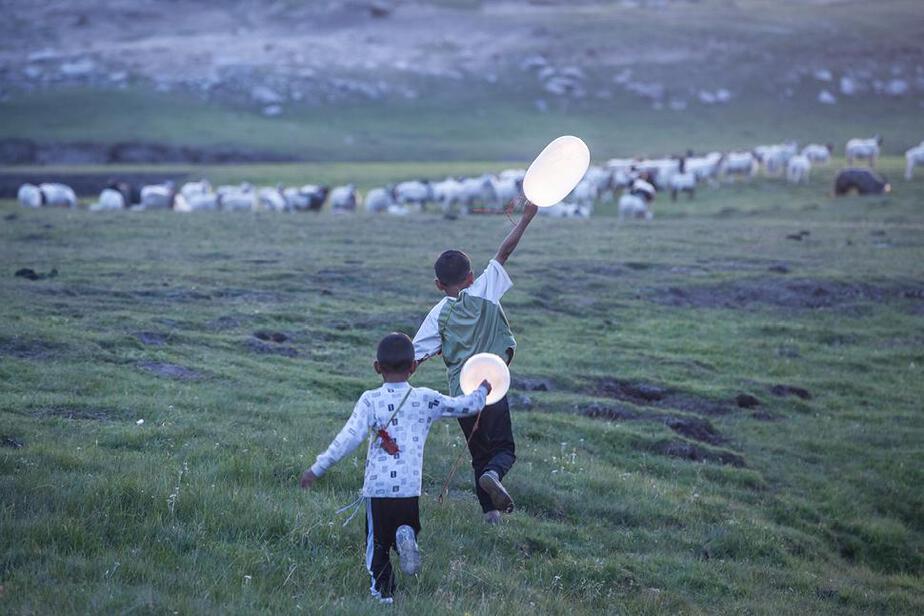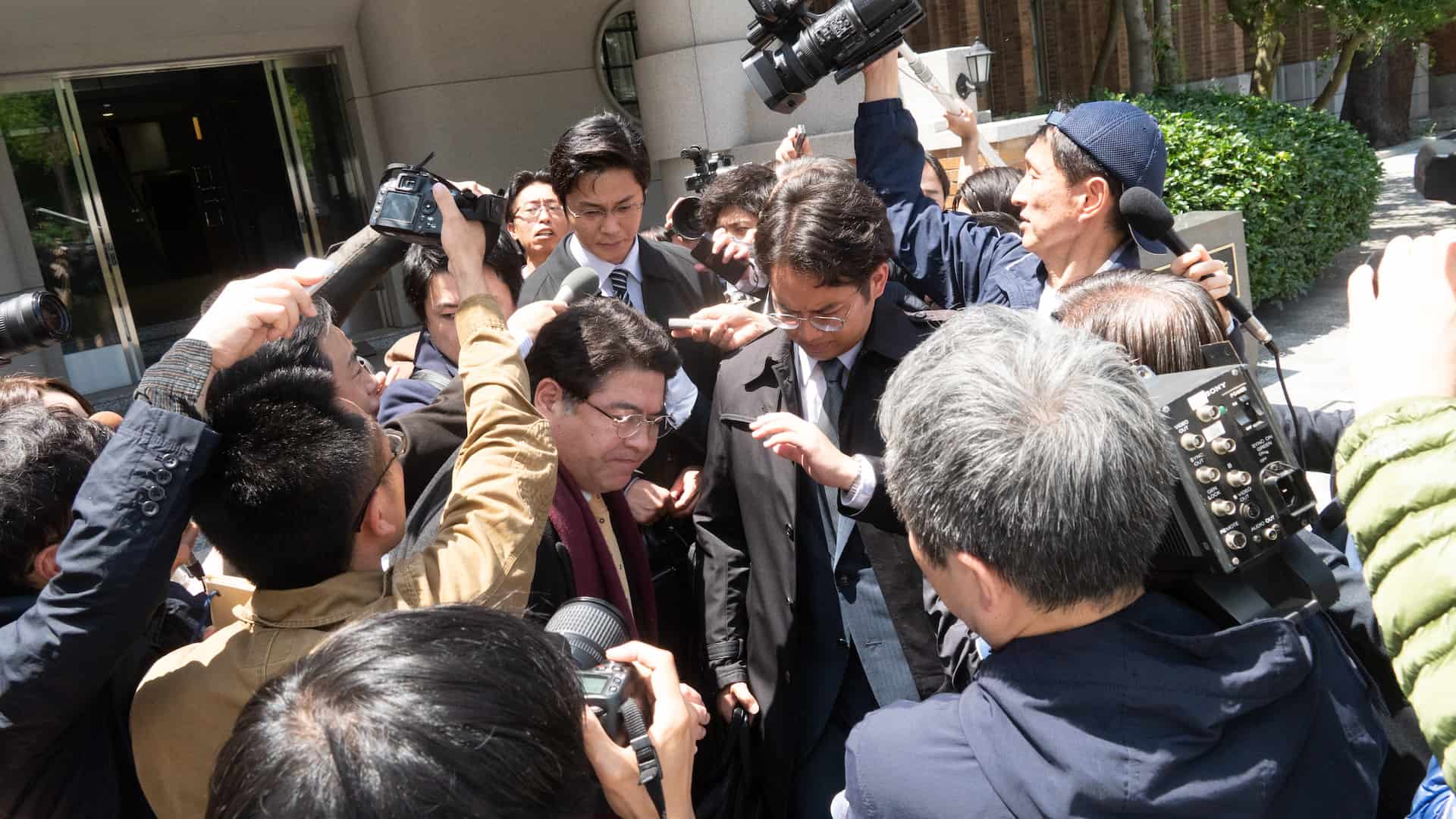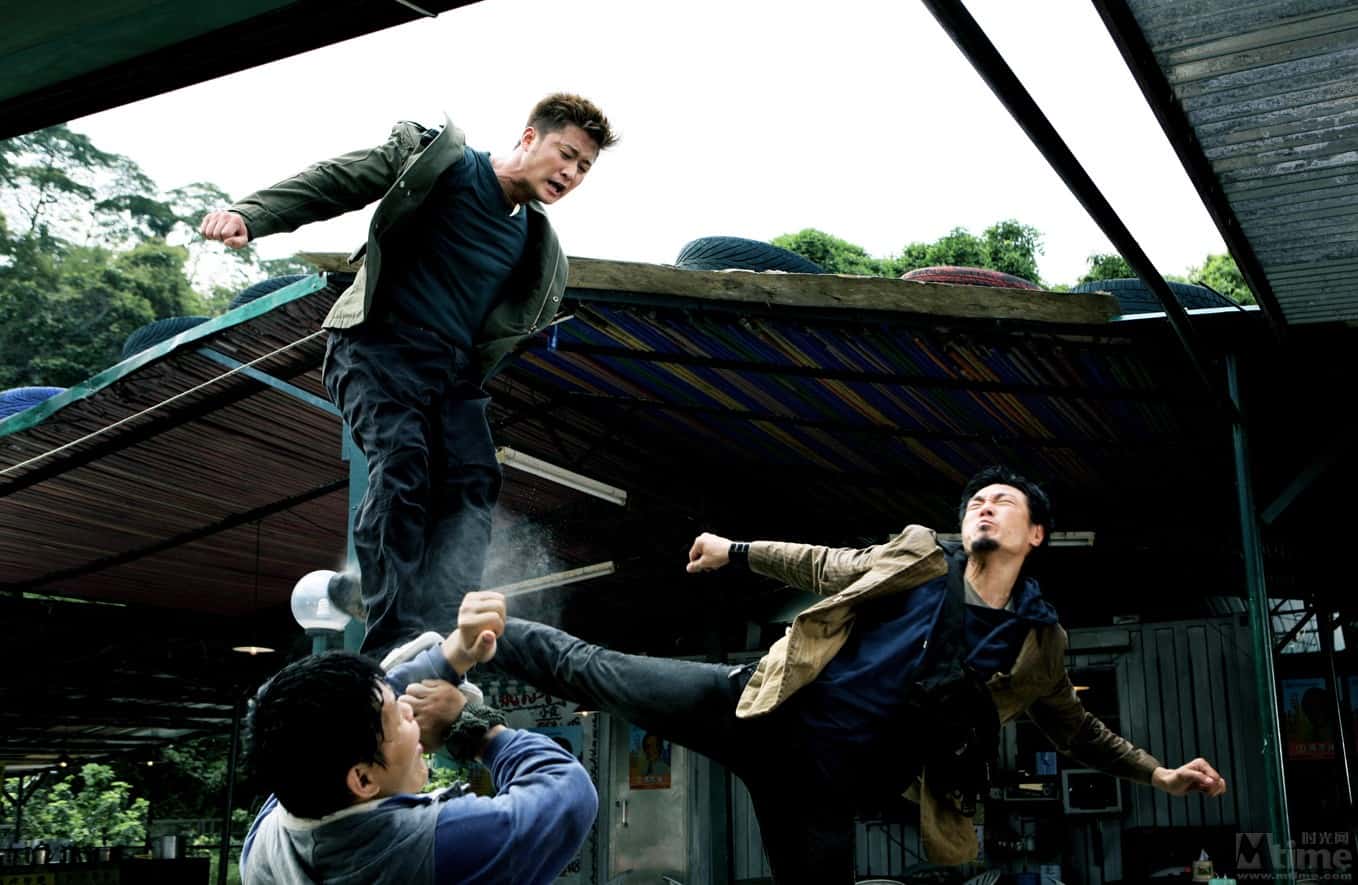When in 2001 the inaugural season of D1 Grand Prix (D1GP), subtitled Professional Drift, started, it was, on the one hand, a major event for those fans who had witnessed the contests in the two previous years, but also the foundation of a way of racing which would slowly but surely take the world by storm. Considering its anniversary last year, there was enough reason to celebrate, but also to attract younger audiences, which is perhaps one of the factors that went into the idea of “Alive Hoon”, the first feature in which D1GP would be the backdrop about a story about personal growth. In other words, director Ten Shimoyama would direct a project which essentially wants to do the same thing Tony Scott's “Days of Thunder” has done for NASCAR racing.
Alive Hoon is screening at Asian Pop Up Cinema

Even tough he has been a major talent at e-sports, having won many tournaments of “Gran Turismo”, Koichi (Shuhei Nomura) is still a loner and not part of a professional team. This changes when Team Alive, a D1GP team, led by legendary driver Ryousuke Muto (Takanori Jinnai) and hid daughter Natsumi (Ai Yoshikawa), contacts him to be their new driver. The former champion, who had to give up racing due to injury, is skeptical of Koichi, especially due to his e-sports background, but Natsumi believes in him, although his difficulties to communicate with his team and his lack of experience behind the wheel of a real car are certainly obstacles to overcome.
However, with time, Koichi is able to prove himself in front of Muto and the rest of the team, and is eventually set to be their new driver. Given the mentorship of the seasoned racing pilot and a lot of exercise, he manages to blend his skills at gaming with the challenges of a drifting race. In the end, Muto decides to compete in a tournament, where Koichi has to show the world of professional racing, a person with his background can become a good racing pilot.
Understandably, considering “Alive Hoon” is also meant as something of a marketing campaign for drift racing, a lot of thought and planning has gone into the racing scenes. Although in the first half, the story is very much in the foreground, the second half is defined by quite a few impressive racing segments, all of which are done without the use of CGI. Koichi's various duels with other racers not only show the skill of the stunt department, but also the combination of Koshi Kiyokawa's cinematograhy and Shimoyama's editing. It creates a fascinating impression of the speed, the precision and the decision-making of the drivers, thus emphasizing what attracts people, racers as well as fans, to drift racing.
With that in mind, it is perhaps no surprise the story plays second fiddle in “Alive Hoon”. While the cast, especially Nomura, Jinnai and Sho Aoyagi (in the role of another racer called Soichiro Kobayashi), give solid performances, “Alive Hoon” pretty much follows the formula of the sports film, which interestingly has not evolved that much from the features many cinephiles know from the 1970s and 1980s. To shake up the formula, and possibly to attract younger viewers, screenwriter Yu Sakudo and consequently Shimoyama's direction stresses the e-sports-angle in the background of the main character, which on the one hand is a nice touch, but seems quite far-fetched when it comes to Koichi's transition into a real race driver, even to people inexperienced with racing. This is only made worse by his team constantly telling him to imagine he is playing a game rather than actually racing, which is not only problematic but also dampens the development of the main character.
In conclusion, “Alive Hoon” is an entertaining movie for its racing footage and level of skill behind it. Unfortunately, Ten Shimoyama's feature lacks in other departments, mostly in terms of character development and the plausibility of its story, which even viewers who are not fans of drift racing will probably notice and point out as a weak spot in an otherwise solid racing movie.
















